Radziwiłł Palace in Nieborów represents an example of styles and cultures
Radziwiłł Palace in Nieborów, in central Poland, has a centuries-old history: starting from its foundation around 1694, it has undergone renovations, until reaching the current look, also on the internal furnishings, most of the Rococo style.
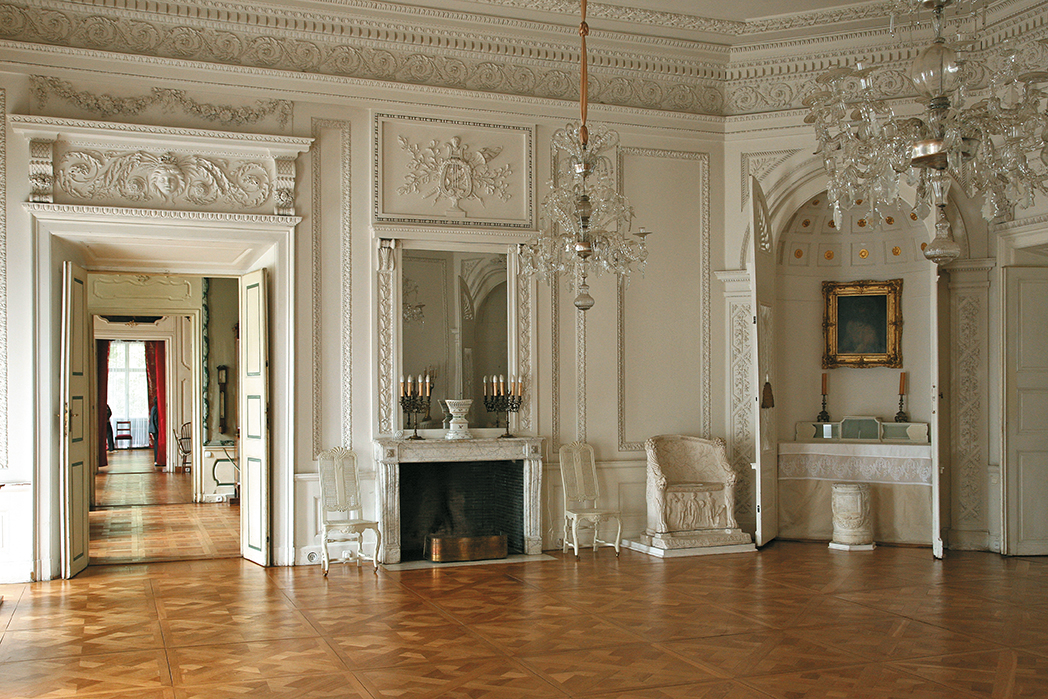
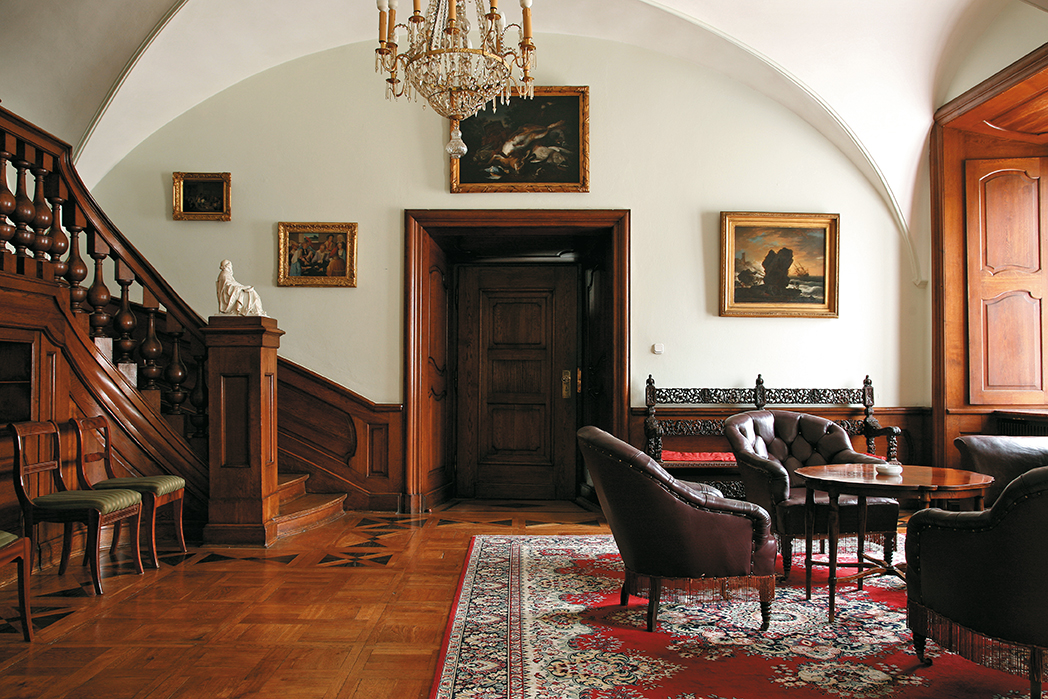
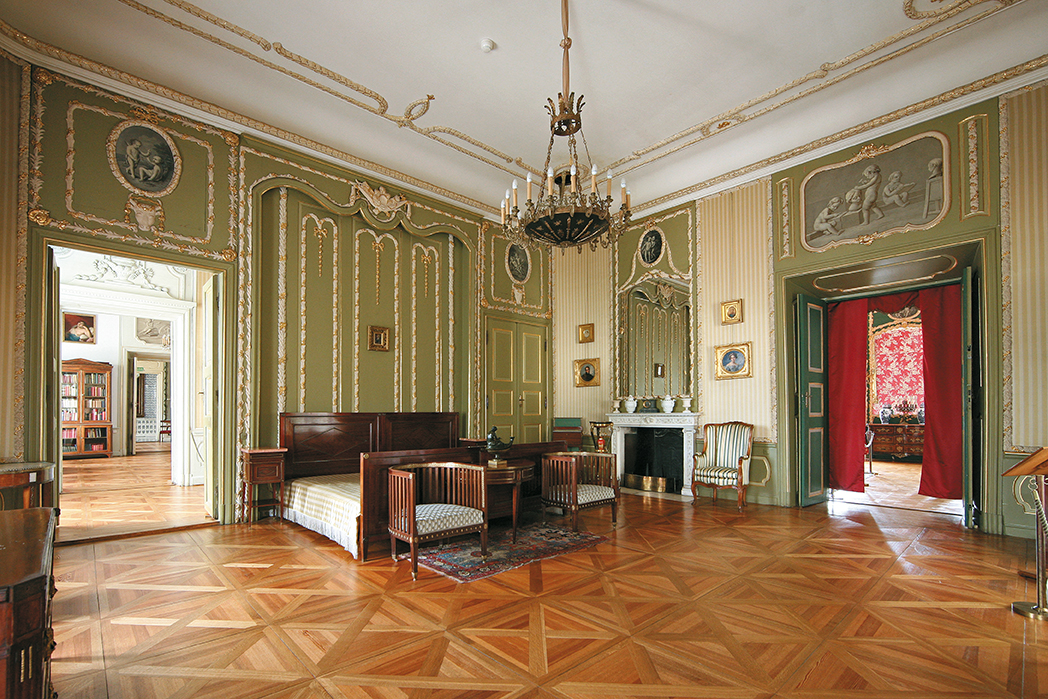
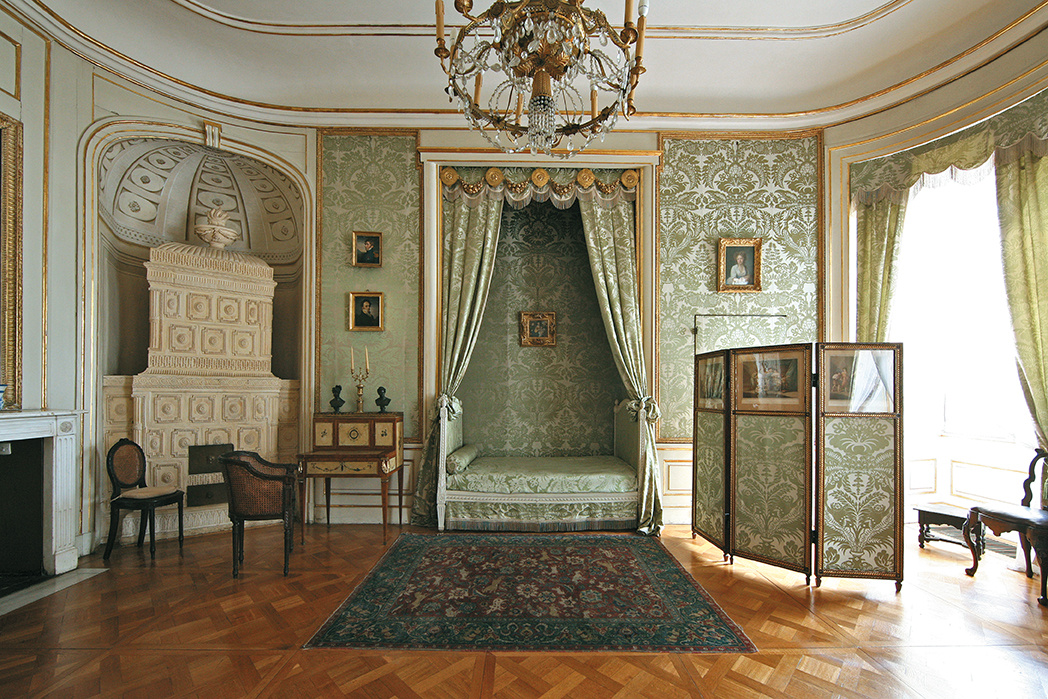
The Dutch tiles also cover the walls of the imposing anteroom; white and blue begin where the geometric rhythm of the two-colour floor with large white and black marble slabs is interrupted. In front, the private rooms introduce the bedrooms, the study and the extensive library.
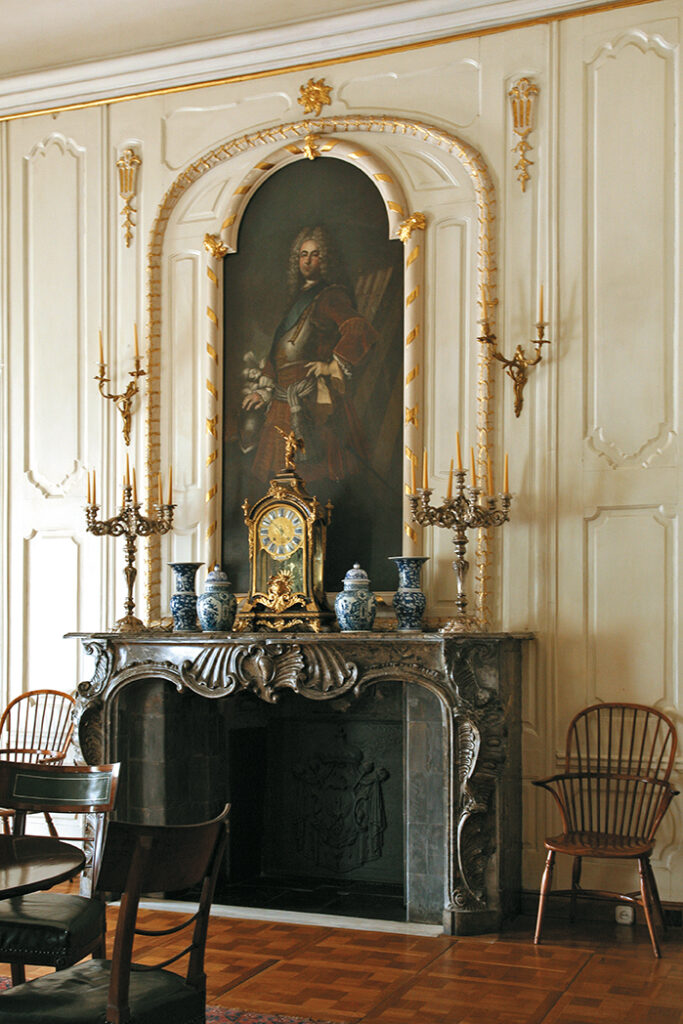
Once you cross the threshold of the “White room”, you are amazed by the triumph of algid stuccoes profiled in gold. Over time, the large environment has had a multipurpose function, used as a ballroom but also as a palatine chapel.
In the theory of rooms, on the walls, there are bright colours and others that are softer, following the aristocratic taste of many residences in Europe.
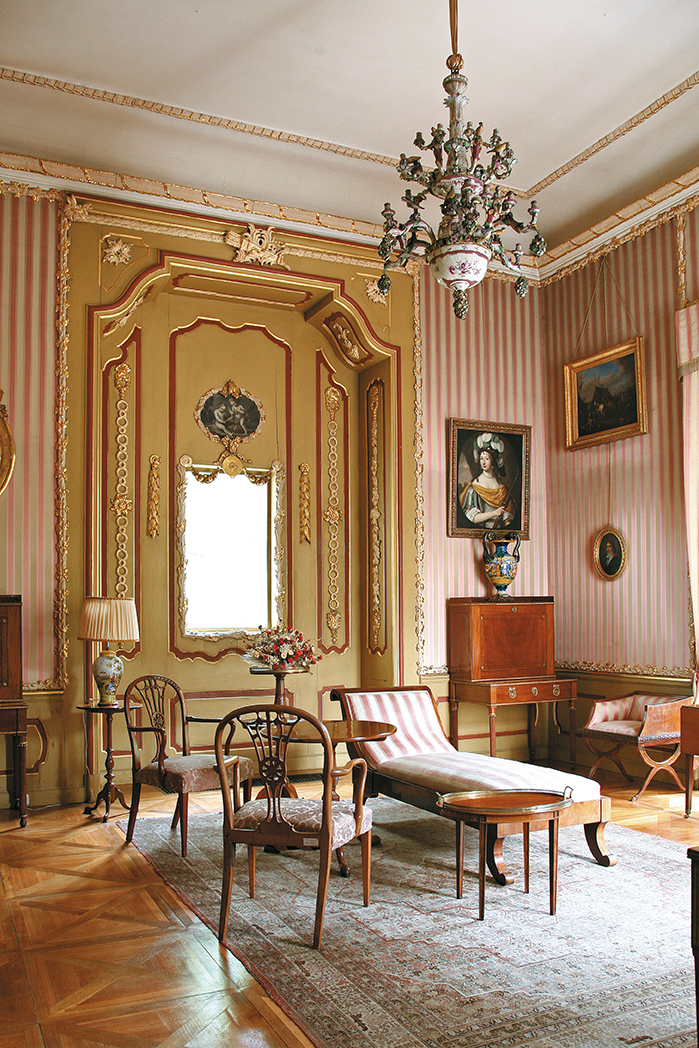
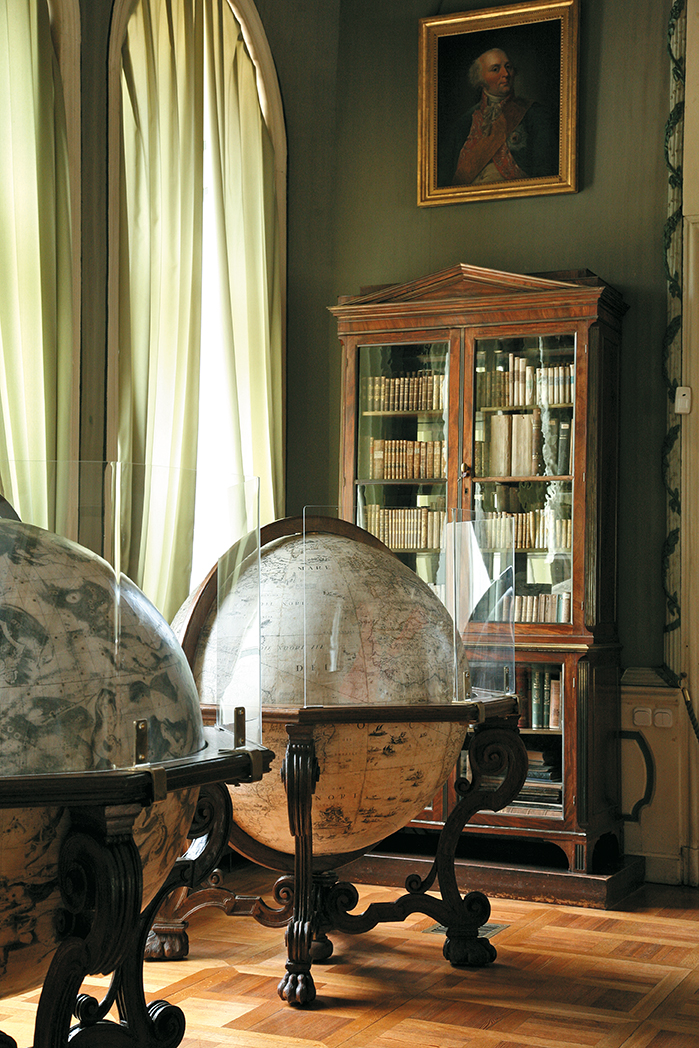
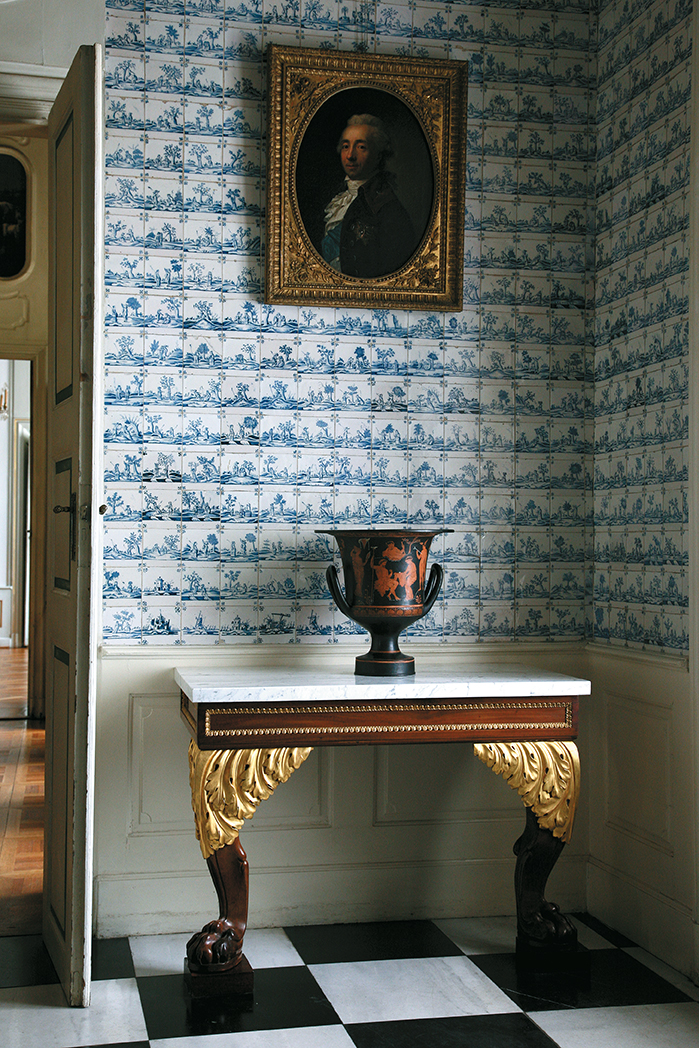
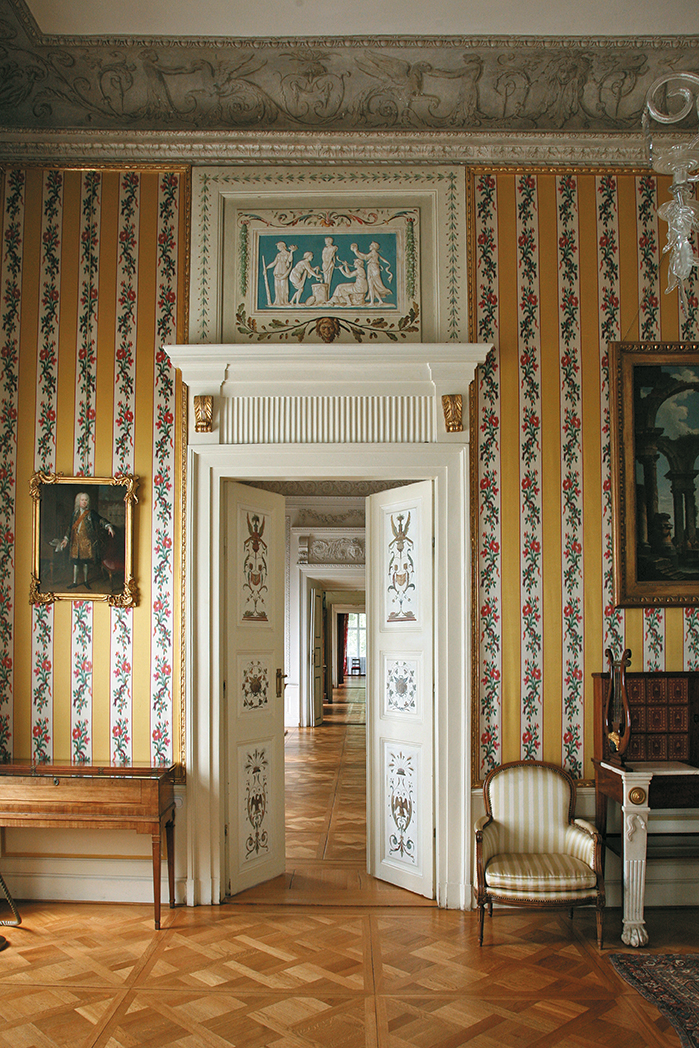
A small dining room reflects the Anglo-Saxon taste, while the red salon has remained unchanged in its Rococo splendour. Among the bedrooms, that of the Voivode (title reserved for the prince-electors, the leaders, and governors of a province) with the Polish bed, gives the meaning of the confidentiality of the residence. It is characterized by the green damask fabrics.
Outside, the façade retains the severe lines of the North European Baroque. All around, the pleasant garden, in the spring sun, is tinged with the most beautiful colours of nature.
The article continues on DENTROCASA on newsstands and online.
Photo ROBERTO PIERUCCI
Written by TEOBALDO FORTUNATO

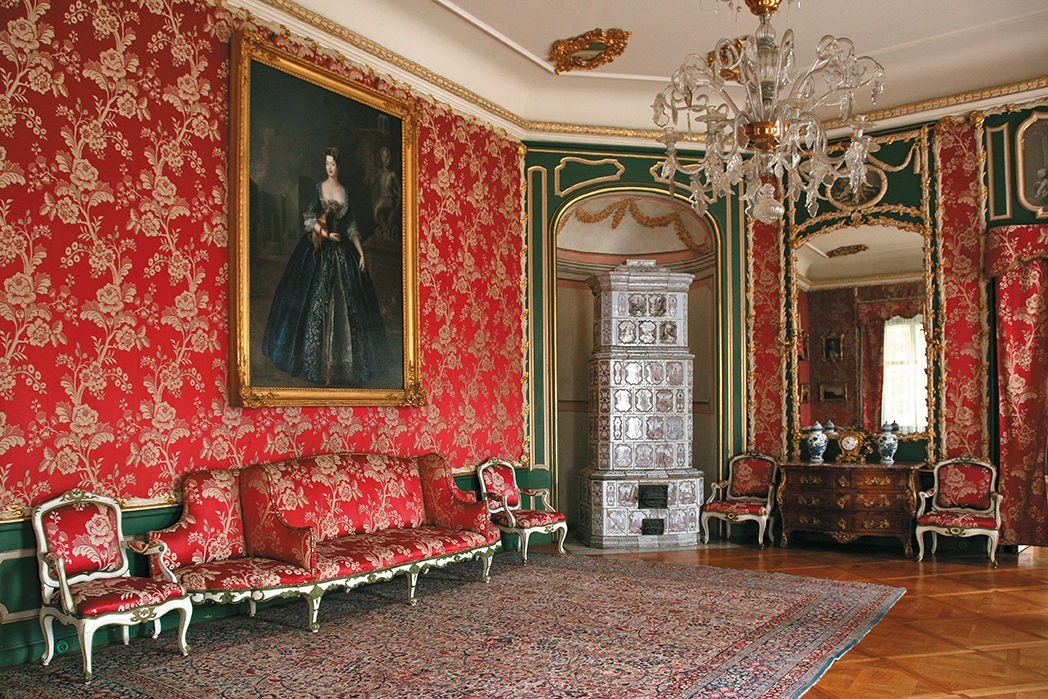
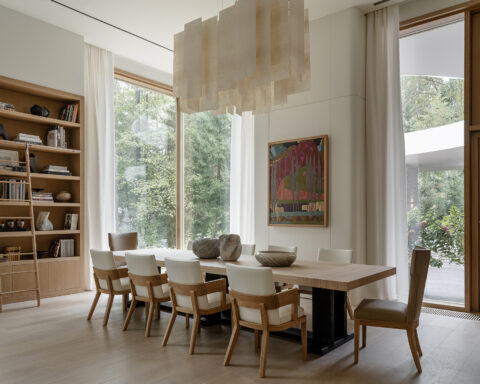
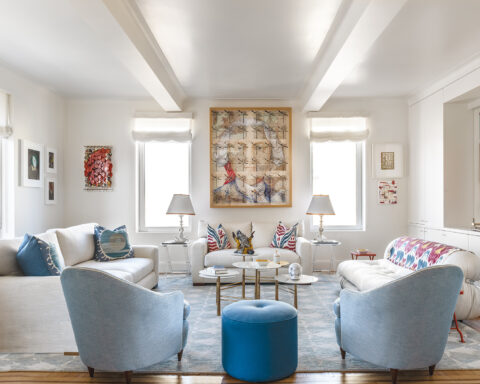
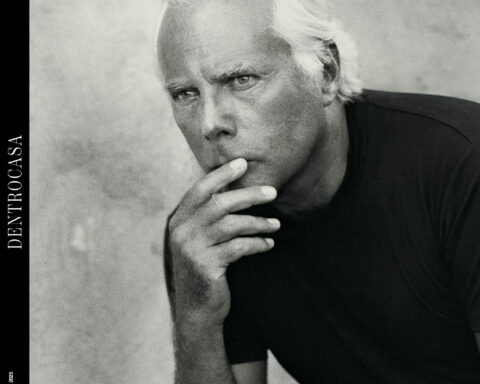
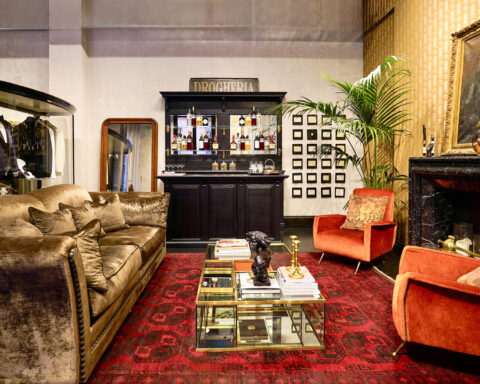

.png)



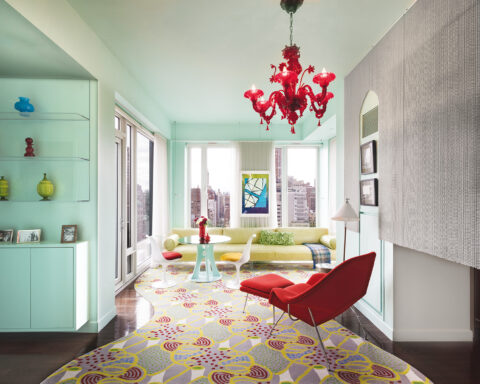
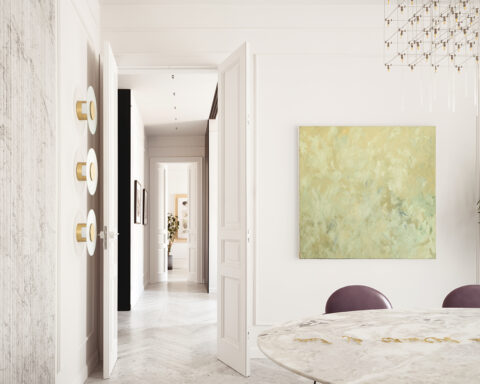
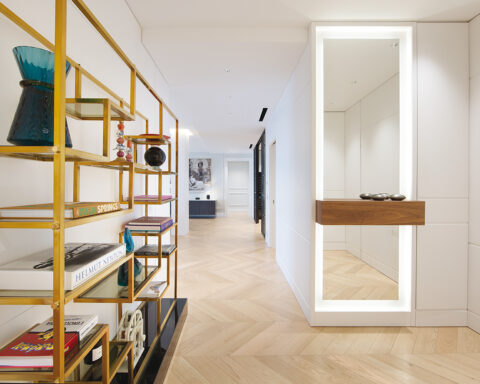
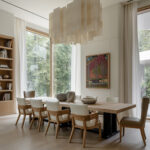
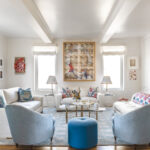
Seguici su